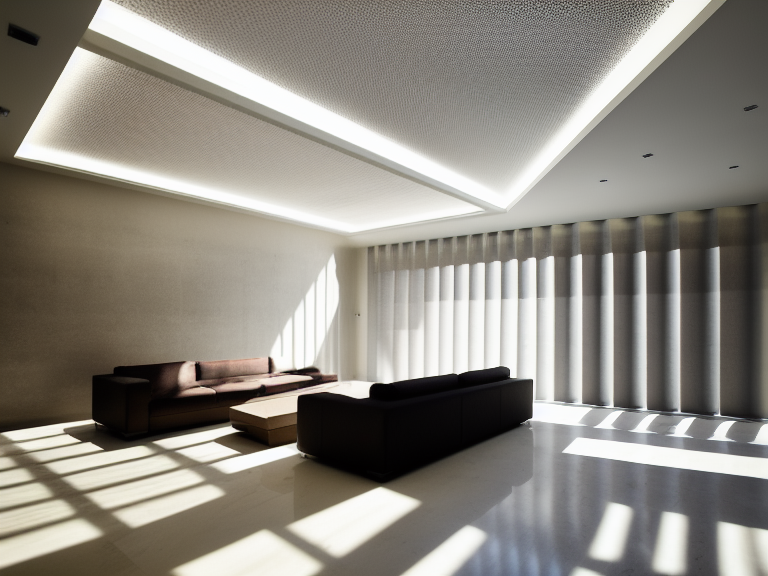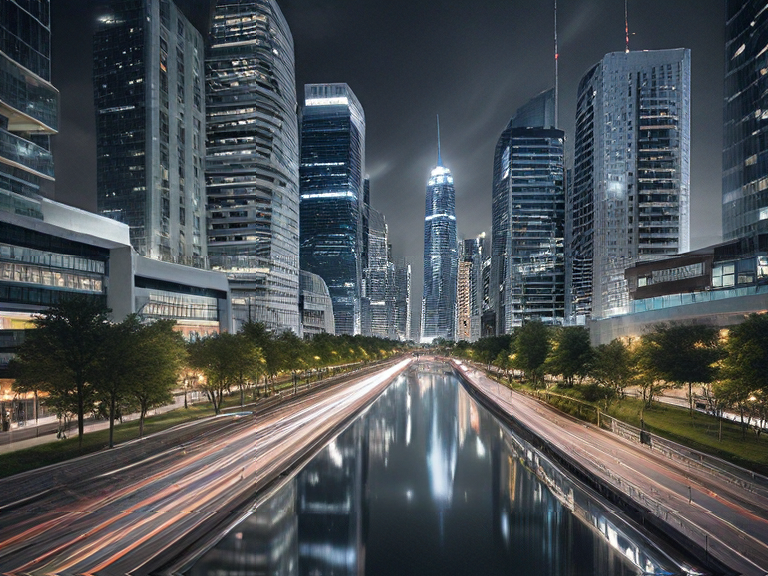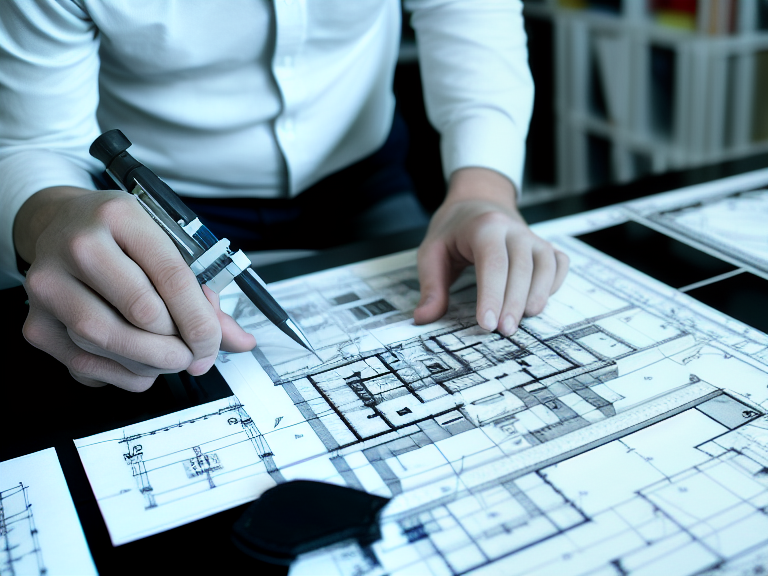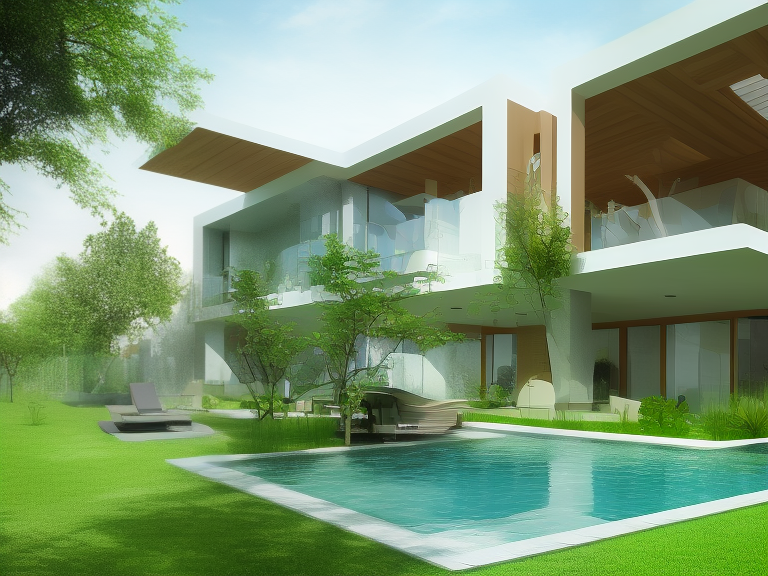Light and shadow are the unmistakable forces behind the transformation of ordinary spaces into extraordinary experiences. By harnessing natural light sources, strategically positioning windows and mirrors, and incorporating artificial lighting, spaces can be dramatically altered. Shadow play and contrast can add depth and visual interest, while ambiance curated through light and texture can evoke profound emotional responses. As designers master the manipulation of light, they redefine spatial experiences, crafting spaces that tell stories, evoke connection, and create lasting impressions. As they continue on this journey, they'll uncover the secrets to transforming spaces in ways that astonish and inspire.
Harnessing Natural Light Sources
By strategically positioning windows, skylights, and mirrors, homeowners can maximize the impact of natural light sources, creating a brighter and more welcoming atmosphere in their living spaces. This technique, known as Daylight Harvesting, is an essential tool in transforming spaces. By cleverly placing windows, homeowners can harness the power of natural light, reducing the need for artificial lighting and creating a sense of openness and airiness.
Window Placement is an indispensable aspect of Daylight Harvesting. Placing windows on the south side of a room, for example, allows for maximum sunlight exposure during the winter months. This not only brightens up the space but also provides natural warmth, reducing the need for heating. In contrast, windows on the north side of a room receive softer, more indirect light, making them ideal for rooms that require a more subdued atmosphere.
Mirrors can also be used to amplify natural light, bouncing it deeper into the room and creating the illusion of more space. By placing mirrors opposite windows, homeowners can create a sense of brightness and airiness, even in rooms with limited natural light. By harnessing the power of natural light, homeowners can create spaces that are not only more welcoming but also more sustainable and energy-efficient.
The Power of Artificial Lighting
As natural light begins to dwindle, artificial lighting takes center stage, offering a wide range of creative possibilities to enhance the ambiance and functionality of a space. With the ability to control intensity, color, and direction, artificial lighting can transform a space, creating an atmosphere that is both inviting and functional.
Artificial lighting is not just about illumination; it's about setting the mood and creating an ambiance that complements the space. It's about creating an ambient glow that makes a space feel cozy and inviting. With the right lighting, a space can be transformed from dull and uninviting to vibrant and energizing.
Here are three ways to harness the power of artificial lighting:
- Layered Lighting: Use a combination of overhead lighting, table lamps, and floor lamps to create a layered lighting effect that adds depth and visual interest to a space.
- Color Temperature: Experiment with different color temperatures, such as warm white, cool white, and daylight, to create a mood-setting ambiance that complements the space.
- Directional Lighting: Use directional lighting to highlight specific features or areas of a space, creating a sense of drama and visual interest.
Shadow Play in Design
Every designer knows that shadows can be just as powerful as light in transforming a space, and understanding how to manipulate them is essential in creating a visually appealing atmosphere. By strategically placing light sources, designers can create dramatic shadows that add depth and complexity to a room. This technique, known as shadow play, allows designers to craft a narrative within a space, drawing the eye to specific areas or features.
One way to harness the power of shadows is through silhouette storytelling. By carefully positioning objects or sculptures, designers can create striking silhouettes that tell a story or evoke a particular mood. This technique is particularly effective in commercial spaces, such as restaurants or retail stores, where it can be used to create an immersive brand experience.
Shadow puppetry is another technique used to create dynamic shadows. By projecting images or patterns onto a surface, designers can create the illusion of movement or texture, adding visual interest to a space. This technique is often used in event design, where it can be used to create an immersive and engaging atmosphere.
Creating Illusions With Contrast
Designers can further manipulate light and shadow to create illusions within a space by leveraging contrast, a technique that takes shadow play to the next level. By strategically placing light sources and objects, designers can create visual tricks that deceive the eye and alter perceptions of space. This technique is particularly effective in creating the illusion of depth, height, or width.
Contrast is key to creating these illusions. By juxtaposing light and dark, designers can create areas of high contrast that draw the eye and create the illusion of depth. For example:
- Highlighting architectural features: By casting dramatic shadows on architectural features, designers can create the illusion of grandeur or complexity.
- Creating optical illusions: By using contrasting colors and textures, designers can create optical illusions that alter the perceived shape or size of objects.
- Manipulating scale: By using contrast to create areas of high visual interest, designers can manipulate the perceived scale of a space, making it seem larger or smaller.
Emotional Resonance Through Ambiance
What ambiance can evoke in us is a profound emotional response, one that can be intentionally crafted through the strategic manipulation of light and shadow. By mastering the art of ambiance, designers and architects can curate a mood that resonates deeply with those who inhabit the space. This is achieved through mood curation, where every element, from lighting to textures, is carefully considered to evoke a specific emotional response.
| Ambiance | Emotional Response | Design Elements |
|---|---|---|
| Serene | Calmness, relaxation | Soft lighting, natural materials, minimal decor |
| Vibrant | Energy, excitement | Bright colors, dynamic lighting, bold textures |
| Intimate | Cozy, comfort | Warm lighting, plush textiles, enclosed spaces |
Atmosphere storytelling is an essential aspect of ambiance creation. By crafting a narrative around the space, designers can evoke a sense of connection and belonging in those who experience it. This is particularly effective in commercial spaces, where a well-designed ambiance can increase customer engagement and loyalty. By leveraging the emotional resonance of ambiance, designers can transform ordinary spaces into extraordinary experiences that leave a lasting impression.
Mastering Light to Redefine Space
By orchestrating light to interact with architectural elements, they can redefine the spatial experience, crafting an atmosphere that's both functional and emotionally engaging. This synergy between light and architecture enables designers to manipulate the ambiance, creating spatial moods that resonate with occupants. By carefully balancing light intensity, color, and distribution, designers can prioritize specific areas, establishing a visual hierarchy that guides the viewer's attention.
To master light and redefine space, consider the following strategies:
- Accentuate focal points: Direct light onto architectural features, artwork, or design elements to create visual interest and emphasize their importance.
- Layer light: Combine ambient, task, and accent lighting to create depth and visual complexity, making the space feel more dynamic.
- Play with contrast: Balance light and dark areas to create visual tension, drawing the eye to specific areas and creating a sense of drama.
Frequently Asked Questions
How Does Color Temperature Affect the Ambiance of a Space?
Like a master chef seasoning a dish, color temperature expertly flavors the ambiance of a space. Warmer tones evoke coziness, while cooler tones stimulate productivity. By strategically balancing warm and cool hues, designers craft a Visual Hierarchy, guiding occupants' attention and energy. This deliberate Mood Enhancement fosters an atmosphere that's both inviting and functional, making color temperature a potent ingredient in the recipe for a space that truly sizzles.
Can LED Lights Be Used to Mimic Natural Daylight?
She explores the possibility of replicating natural daylight using LED lights. Can these artificial light sources truly mimic the warmth and vibrancy of the sun? The answer is yes, with advanced daylight simulation technology, LED lights can create an atmosphere akin to artificial sunlight. By adjusting color temperatures and intensity, LED lights can convincingly replicate the nuances of natural daylight, making them a powerful tool for transforming spaces.
What Is the Ideal Lighting Ratio for a Reading Nook?
Did you know that 80% of Americans prefer reading in a cozy atmosphere? When designing a reading nook, it's essential to strike the right lighting ratio. Experts recommend a 3:1 task illumination ratio, where the reading area receives three times more light than the surrounding space. This balance creates a comfortable ambiance, allowing readers to focus without straining their eyes. By achieving this ideal ratio, you'll craft a haven that invites relaxation and fosters a love for reading.
How Do I Create a Sense of Depth With Layered Lighting?
She expertly crafts a sense of depth by layering lighting, creating a visually striking atmosphere. To do this, she combines layered textures – think rugs, throw blankets, and upholstery – with atmospheric gradations of light. By balancing warm and cool tones, she masterfully guides the eye through the space, creating an immersive experience. This deliberate use of layered lighting elevates the ambiance, making the space feel more expansive and sophisticated.
Can Smart Lighting Systems Be Integrated With Existing Wiring?
Did you know that 70% of commercial buildings in the US are over 20 years old? Integrating smart lighting systems into existing infrastructure can present challenges. Retrofitting hurdles abound, and an electrical evaluation may be necessary. However, with careful planning, it's possible to seamlessly merge old with new. By analyzing the current wiring and electrical load, smart lighting systems can be successfully integrated, providing a powerful and efficient lighting solution that boosts productivity and saves energy.



